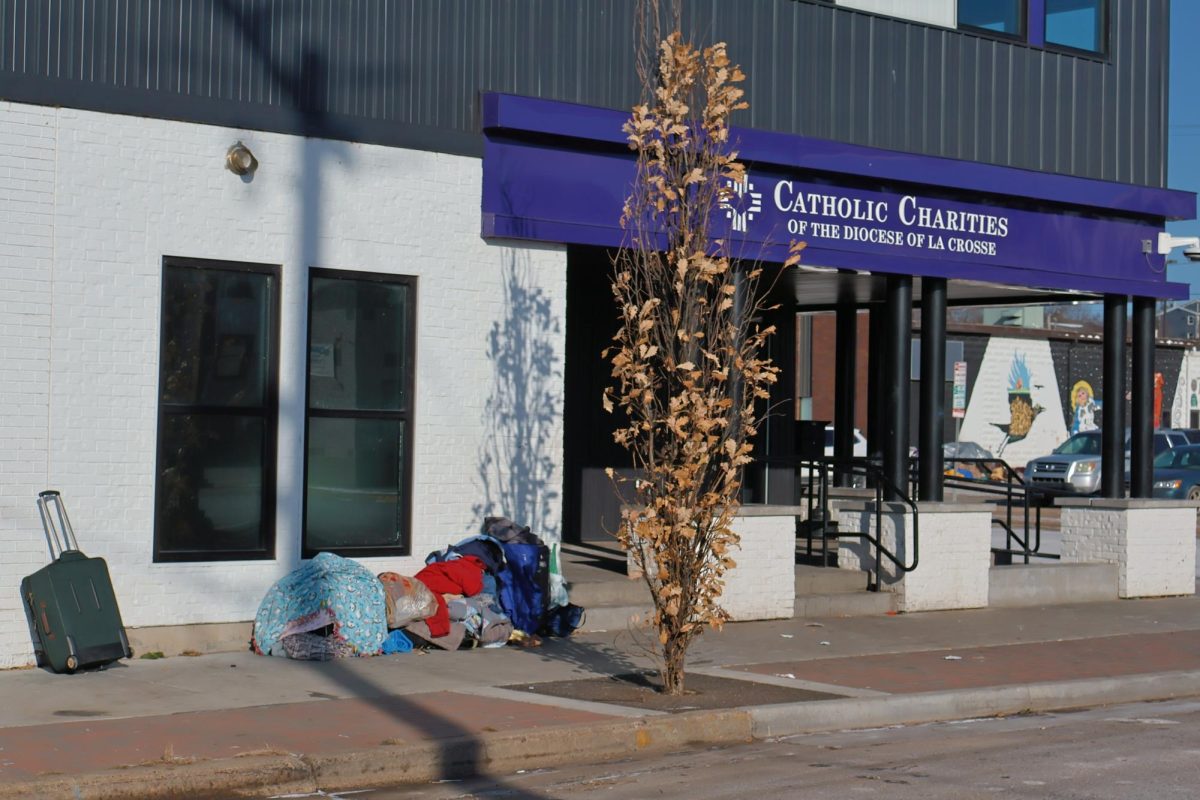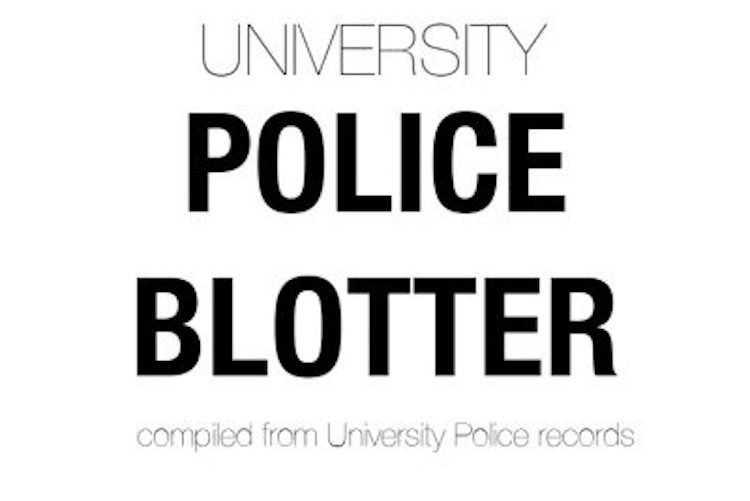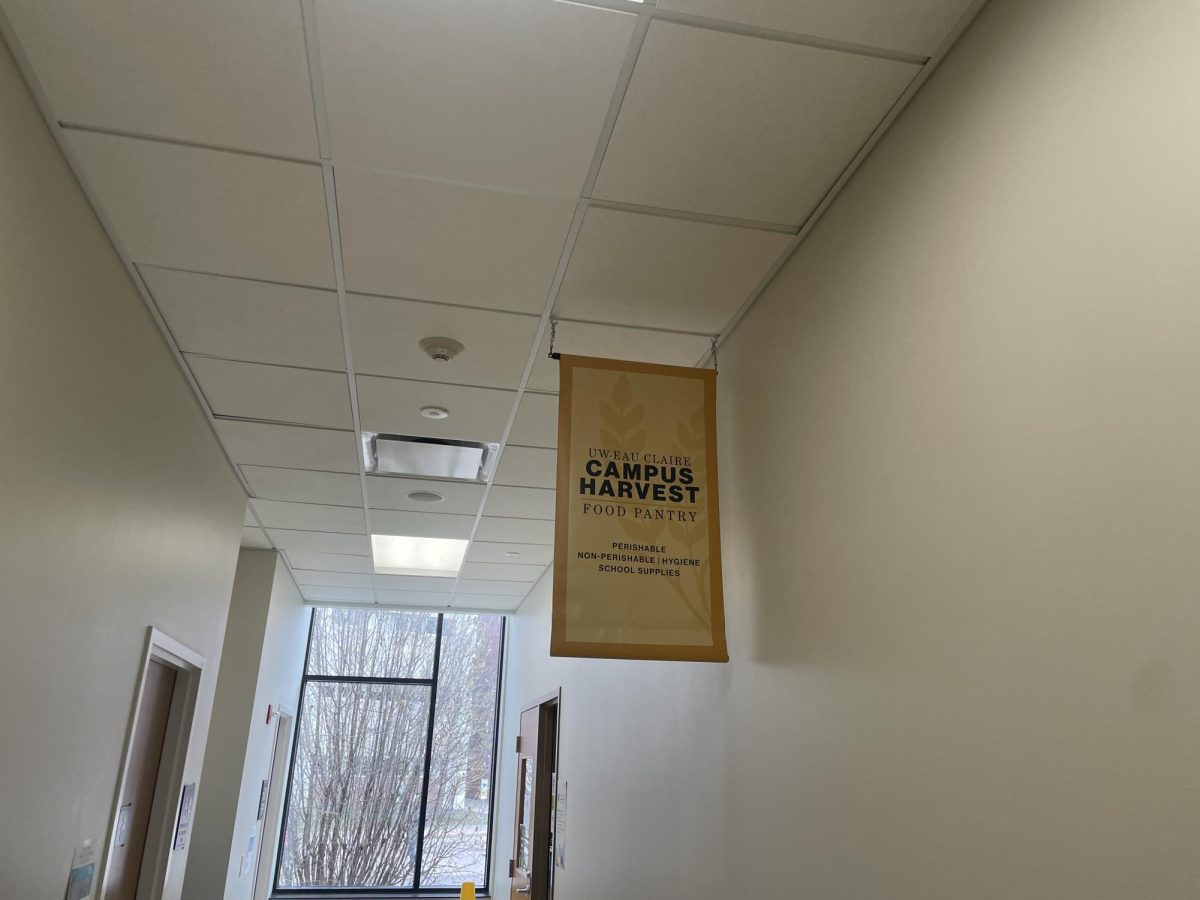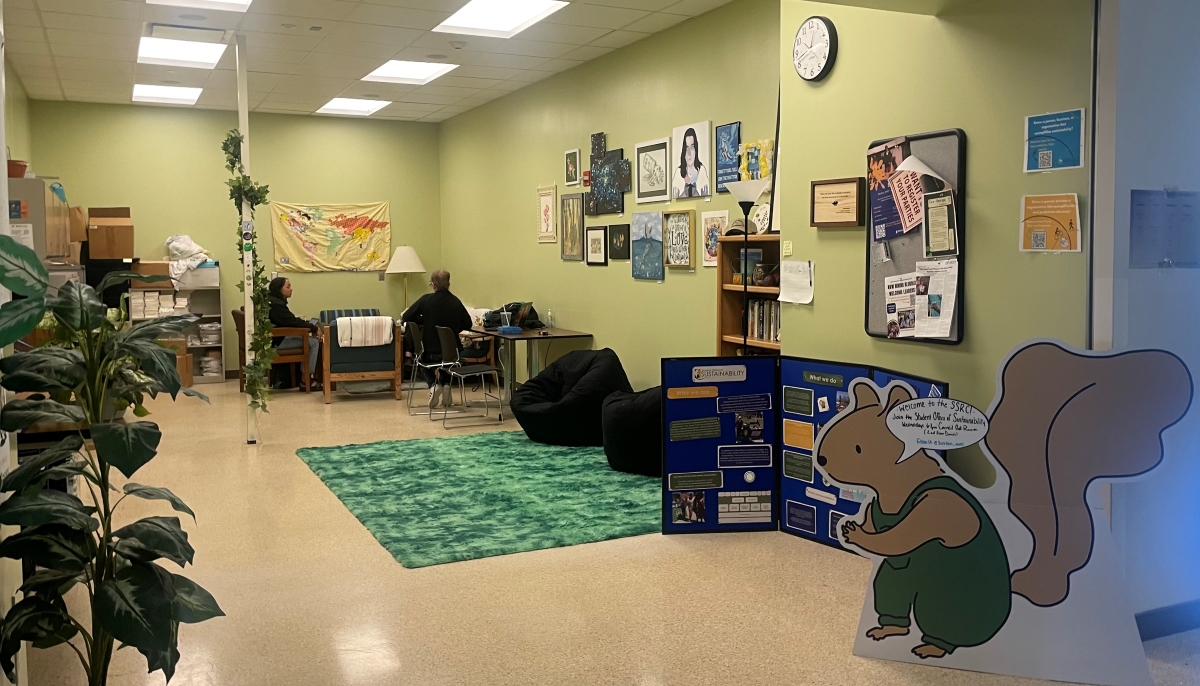This is the first in a series about how UW-Eau Claire students pay for college.
Sometimes, an email can be very important. At least this was the case for junior Katy Grant this past summer.
She was waiting to hear about her financial aid, but her inbox was lacking that message.
“Come, probably mid-July, when all my friends got their financial aid back it’s like ‘OK, something’s wrong,’” she said.
She went into the financial aid office to see what the problem was and apparently they never received her application information. Thus, no aid.
“I had no way of knowing that they didn’t have my stuff,” she said.
However, the frustrations were short lived as all they had to do was resend the information. She said it was frustrating to learn how important this one email was in getting the money she needed for college.
Grant is one of many students who receive government financial aid at UW-Eau Claire.
The most common are the two Federal Stafford Loans. Over 5,300 students receive the subsidized version of that loan, Director of Financial Aid Kathy Sahlhoff said. There are also over 5,200 students who have the unsubsidized version.
Aid from federal loans totaled a little more than $44 million in 2010-2011, with $40 million of that aid being Stafford loans, Sahlhoff said.
These totals are not mutually exclusive as somebody, such as Grant, could have both loans at the same time.
One difference between the two Stafford loans is that all repayment of the subsidized loan is completely deferred until six months after graduation or after a student drops below full-time status.
Another difference is that the unsubsidized loan is not need based and monthly interest payments are not deferred, Sahlhoff said. They need to be made after the loan is accepted.
“Bill Gates could get an unsubsidized loan,” she said.
To get these loans, students need to fill out the Free Application for Federal Aid. Grant said that with the exception of this past summer, it has generally been
hassle free.
Senior Tuesday Wustrack, who will be using financial aid for the first time this semester but has applied before, also said it was low hassle.
“It was pretty easy,” she said. “I just went into the financial aid office and just asked them what to do.”
With their help, she was eventually able to obtain an unsubsidized loan.
Her parents had paid for her education in her first three years, but now that her sister has entered college, she was asked to apply for financial aid. Her family could afford it, but it would be harder, she said.
“They could still pay for me, but they just wanted me to do it — just for a little extra bit of money.”
She describes her family as upper middle class and has only applied one other time for aid, but didn’t get offered much until now.
The formula for figuring out how much money each applicant gets is complex, Sahlhoff said. It’s based on things such as liquid assets, parental income and the student’s income. Also, families with more kids get more aid.
In the first year, up to $5,500 of aid is available to students with $3,500 of that being the subsidized loan. The limit raises $1,000 each of the
three years.
Sahlhoff said that she thinks the limit rises because there is more uncertainty about a freshman’s future.
“When someone becomes a junior or senior, it’s much more likely that they will graduate.”
There are two other federal loans: the Perkins and the PLUS. The Perkins is limited so only students with the highest amount of need can get it. Payments for the Perkins are deferred like they are for the Stafford loan.
The PLUS loan is not based on need, but it has the highest interest rate of the federal loans, and it is disbursed to parents. The money for this is also limited and Sahlhoff said that it’s a
last resort.
In terms of repaying the loans, Sahlhoff said there are many options, but that most students go on a 10-year repayment program. Whatever option is chosen, she stressed the importance of being vigilant with your payments.
“The important thing is to always, always stay in touch with your lender and always make efforts to repay,”
she said.
People who fail to graduate repay loans at a worse rate than those who do, Sahlhoff said. Neither Wustrack nor Grant said they have thought much about paying off the debt yet.
For Grant, who also receives the Pell Grant, financial aid is critical.
“The only reason I am able to go to college is because of financial aid.”
Sahlhoff said she wishes fewer people needed aid, but it’s still worth it if they can get an education.
“If we can help keep a student in school and then get a student graduated and working — if we have to do that with some loan that’s to the better good I think.”






